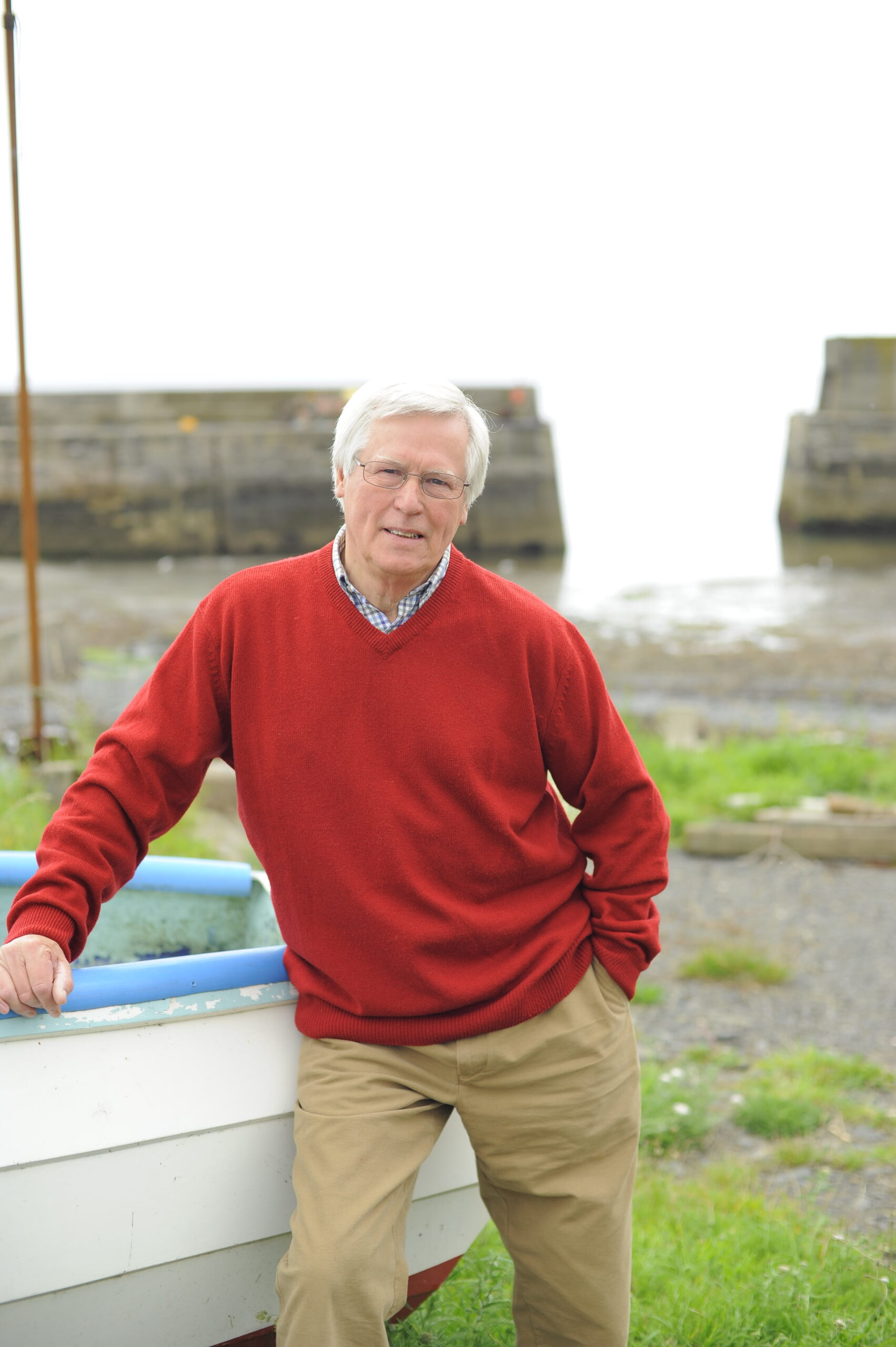Did I ever tell you about the time I lay in a flower-strewn Cotswold meadow with Jilly Cooper? It was all perfectly innocent though – we weren’t researching one of her rural ‘bonkbusters’. Instead, she was talking to me (and the Countryfile cameras) about her other outdoor passions, including wildflowers.
Sadly, there aren’t many meadows like that left. Our green and pleasant land is becoming rather too much of an overall green. Many of the flowers that once transformed pasture land into a dazzling array of colours at this time of year have largely disappeared. By definition, meadows are grass fields that are cut for hay, and we have lost 97 percent of them in the past 70 years due to modern farming methods.
In the old days, livestock was moved off in late spring to allow the grass and flowers to grow, and the meadow was mown in late summer to feed to the animals. Now, grass is managed intensively using fertilisers and herbicides and converted into silage, a moist fermented fodder. Wildflowers don’t stand much of a chance.
When I was child, I spent a lot of time in the Yorkshire Dales and I vividly remember being taken with some friends on a wildflower hunt in Wharfedale by an old countryman with a vast knowledge of flora and fauna. In those days, I was an avid listener to the BBC’s Children’s Hour and my favourite bit was Wandering with Nomad, a pioneering natural history feature in which a radio uncle took you on countryside walks and described everything he saw. So this flower hunt was Nomad come true – and we could see the wonderful blooms as well!
Seeds of change
But there was little to see when I returned to the Dales a couple of years ago to make a Countryfile programme. With a reference book in hand, I looked in vain for plants such as lady’s bedstraw, hay rattle, meadow saxifrage and melancholy thistle, until I met Dr Pippa Rayner. At the time, she worked on the Hay Time Project, run by the Yorkshire Dales Millennium Trust, which persuades farmers there to turn back parcels of land into hay meadows. Pippa took me to one restored patch that, she said, supported up to 45 plant species in one square metre. The colours were stunning – those childhood memories came flooding back.
So far, the project has created around 150 hectares of upland hay meadow, with more to be added soon. There are similar schemes in other areas, and although there’ll never again be a great profusion of flower meadows, many big-time farmers across the country are now creating pockets of meadow amid their vast, industrially worked fields. This is good news for insects as well as plants, and ultimately for ourselves, too.
Pippa, who’s now joined the Bumblebee Conservation Trust, tells me: “Hay meadows are vital habitats for bees, which are, of course, nature’s great pollinators – agriculture and horticulture couldn’t exist without them. But many of the 24 species of bumblebee are in decline. Two have become extinct and I’m particularly concerned about the shrill carder, which is now found in only six locations. Everyone loves to see wildflowers and bumblebees – we just need more of both.”
